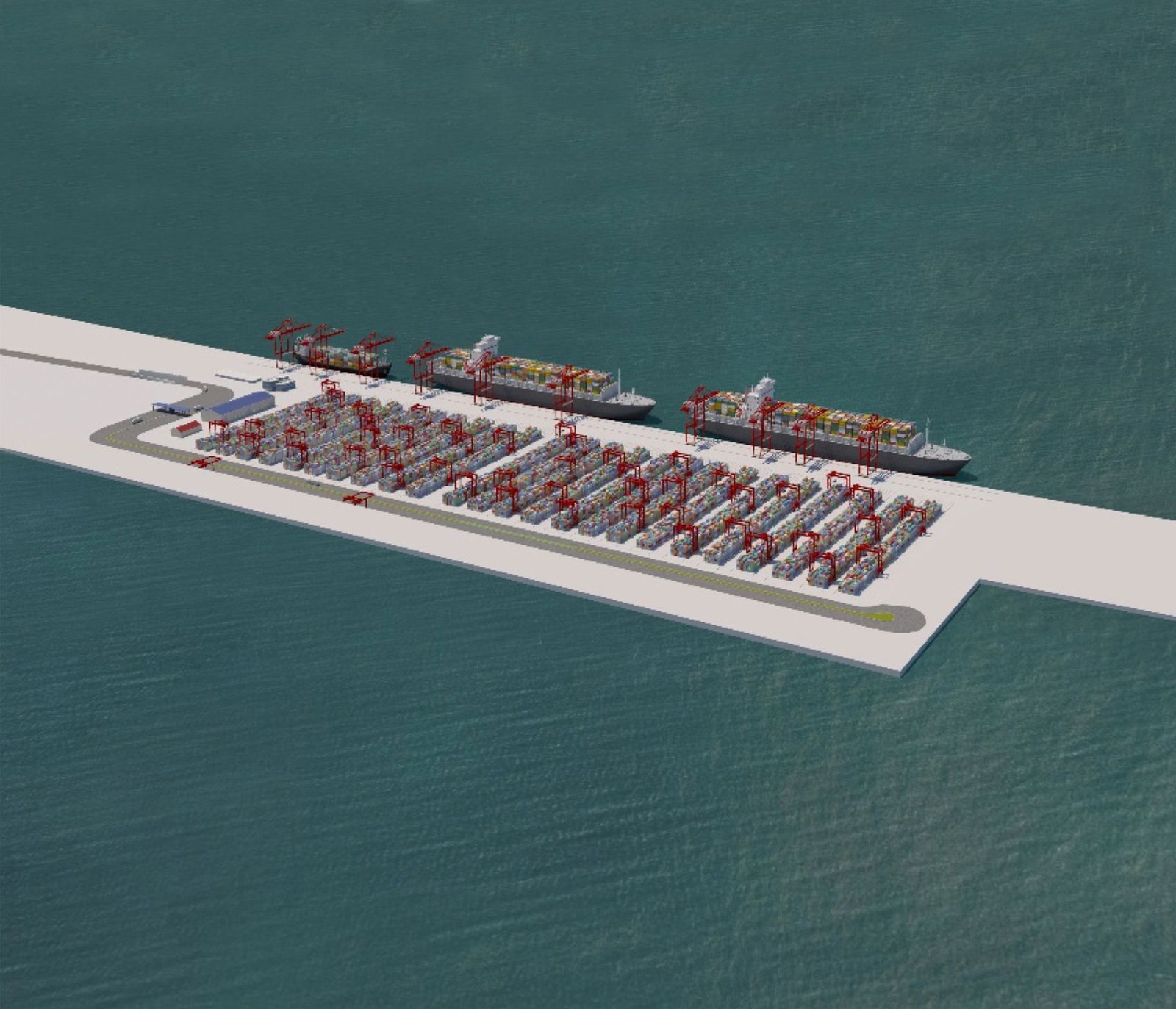As the world’s first tidal-powered deep-sea container terminal, construction on Centre Port UK could start as early as 2025. Centre Port is an 18km, £2bn tidal barrage across The Wash, a bay in East Anglia, created to connect Lincolnshire and Norfolk.
The project will include the first tidal energy-powered deep-sea container terminal. It will also serve as a flood defence barrage, have connections to the rail and road systems, and promote the production of green hydrogen. A crucial component is a 20-minute dual carriageway link. The link will run on top of the barrage and connect south Lincolnshire with north Norfolk, saving 2.5 hours and clearing traffic on the A17/16 roads.
Major projects can currently take four years to gain approval. This was revealed by the National Infrastructure Commission’s recommendations to the government regarding streamlining the infrastructure planning system. These revelations about the project’s ambitious timeline follow these recommendations.
The Centre Port’s project details
James Sutcliffe, the chief executive of Centre Port, revealed the schedule during a presentation at the NCE’s Flood Resilience conference in London. Sutcliffe also provided conference attendees with an update on the technical details and features of the plan, which is intended to support 400M containers annually.
One of the project’s most important components is a hydroelectric dam in the sea defence. Sutcliffe claimed that it will be constructed to last at least 200 years. Furthermore, it will power 500,000 homes in addition to assisting in the production of green hydrogen. The dam will include large reversible hydroelectric turbines supplied by Andritz. It will be located at the centre of the crossing where the water depth would allow for their installation.
The concrete caissons that will house the turbines will be pre-formed and floated into place before installation, according to Sutcliffe. The Wash has a surface area of 780 km2 and tides that vary between 4 and 4.5 metres per day. Thus it “will require multiple turbines to enable the tides to be maintained within the lagoon,” he continued. The estimated energy output from this body of water is 800 GWh.
The Centre Port terminal development

The Centre Port terminal, according to him, will be “based on the latest equipment specs to handle 23,000Teu container vessels. Thus, it ” will also have an electrically powered “I-barge” for port to field logistics and a sea lock for local marine traffic. The terminal’s distribution and warehousing operations will use renewable energy.
The terminal is equipped with quad lift cranes and an automated container stack. It will be connected to the rail network for longer freight voyages and offer roll on roll off (RoRo) access. This allows cargo-laden vehicles to be loaded onto larger ships for further transport directly to northern Europe. As a result, it will cut down on the 50% travel time required by HGVs to reach Felixstowe and Dover. The rail network will link to the Skegness-West Midlands line with a rail terminal on land in Lincolnshire.
Read Also: Plans revealed for Vitrum building in UK
The main objectives of the project
Sutcliffe also disclosed that the plan would make use of existing natural resources, such as the sandbanks of The Wash. This is in order to reduce construction costs. He stressed its critical significance, saying that “the majority of UK import export container capacity is dependent on the southeastern terminals. They are full and congested.”
Centre Port’s location would be 50% closer to the Midlands, “saving thousands of truck miles.” The main objectives of the project were “decarbonise shipping port operations and put ports closer to the market. This is in addition to reducing congestion.”
According to him, 1 million people and their businesses would benefit from Centre Port’s flood defence system, Furthermore, a longer-term plan would support climate change mitigation due to rising sea levels. [Flood risk management programme] Future Fens estimate is £1.6bn for Norfolk bank upgrades and new pumping stations.”
The Centre Port project also supports the “levelling up” agenda by promising to revitalise towns like Boston, Kings Lynn, and Wisbech. This is by building marinas and destination projects. Sutcliffe confirmed that Centrica, an energy company from which the project has already received six figures in seed funding, had expressed interest in the project’s tidal power element.
